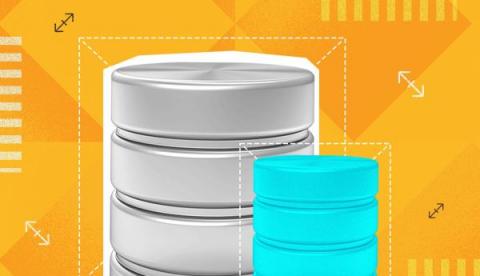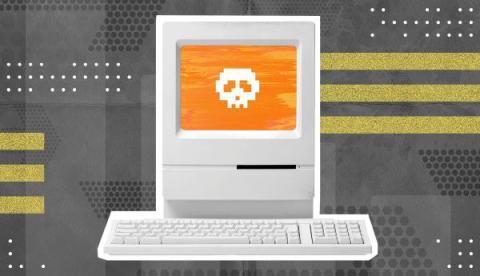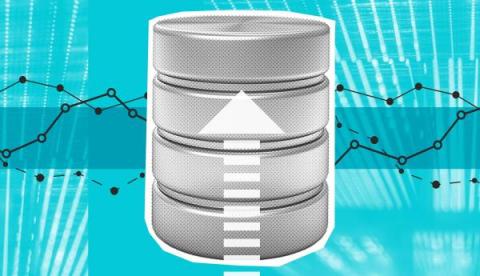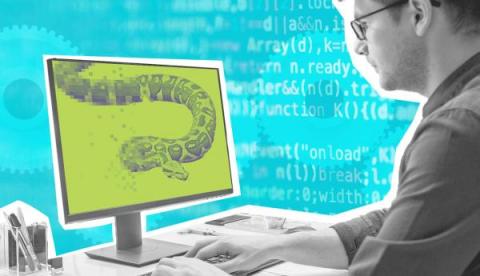What To Know About Microsoft Azure PostgreSQL Hyperscale
As organizations adopt cloud technologies and modernize their applications, the data they generate and ingest often grows exponentially, leaving them with difficult choices for storing and using this data. Customers are beginning to explore moving away from traditional relational database management systems (RDBMS) because of the data volume to be ingested, as these RDBMS often cannot handle workloads.











